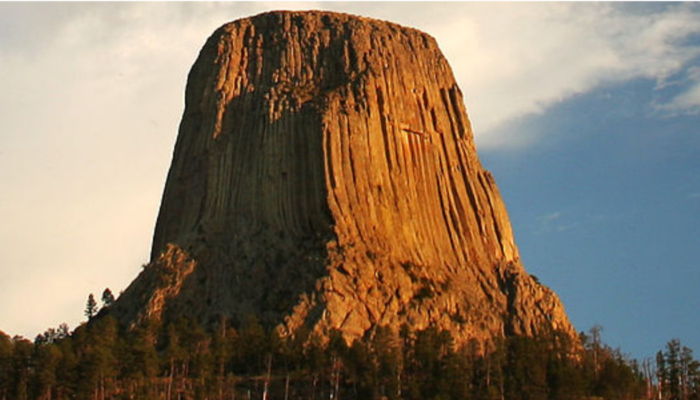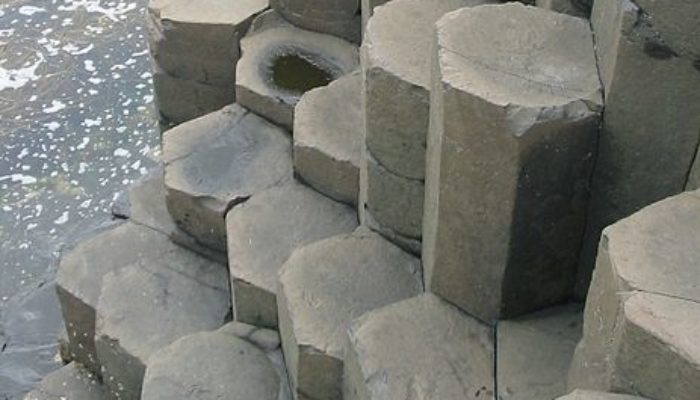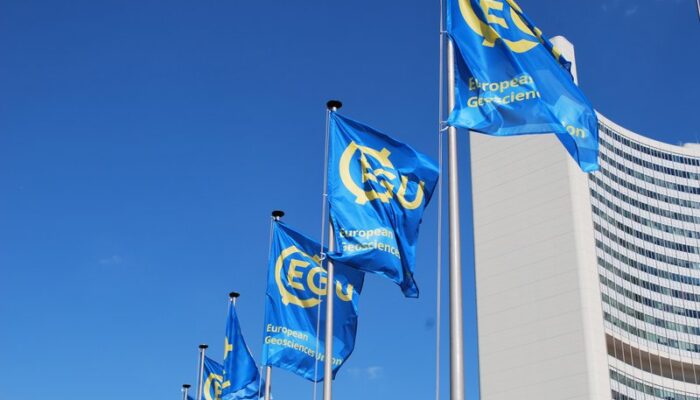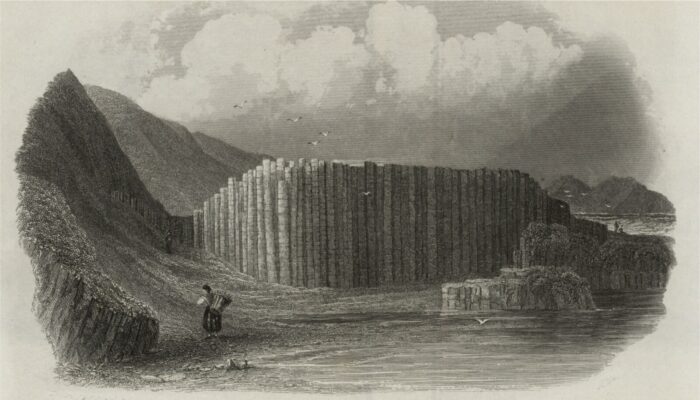Neil Mancktelow published this Must-Read paper on the concept of “tectonic pressure” in 2008. The paper reviews previous work and theoretical concepts published on this fundamental topic. Additionally, numerical models that estimate the magnitude of tectonic pressure variations are presented for several realistic natural structures, such as folds, boudins, and inclusions. The premise of tectonic p ...[Read More]
TS Must-Read – Bürgmann and Dresen (2008): Rheology of the Lower Crust and Upper Mantle: Evidence from Rock Mechanics, Geodesy and Field Observations
In 2008 Roland Bürgmann and Georg Dresen published their Must-Read paper on the rheology of the lower crust and upper mantle, based on findings from the lab, the field and space. As stated in the introduction, “rheology is the study of the flow and deformation of all forms of matter,” and as such the rheology of the Earth’s lower crust and upper mantle is closely linked to the evolution and deform ...[Read More]
TS Must-Read – Hudec and Jackson (2007) Terra infirma: Understanding salt tectonics
The TS Must-Read paper by Hudec and Jackson (2007) provides a combination of analogue models and natural cases to describe, in a review paper, salt flow mechanisms, diapir growth, and the ways these processes interact with regional deformation, in compression and extensional tectonics. Salt is mechanically weak and can flow like a fluid under gravitation, displacement, and thermal lo ...[Read More]
TS Must-Read – Bond et al. (2007) What do you think this is? “Conceptual uncertainty” in geoscience interpretation
The Must-Read paper by Bond et al. (2007) is a truly original piece of work, focusing on the conceptual uncertainty that occurs when earth scientists carry out a geological interpretation on data with limited resolution and/or spatial coverage. In this example it is about an interpretation of seismic reflection data (Fig. 1), but it can be applied to other situations as well. Conceptual uncertaint ...[Read More]
Geomythology. Devils tower: born from hell?
Geomythology. Devils tower: born from hell? Following the previous two posts (Giant’s Causeway – the mythical stone way; Columnar Basalts and why Hexagons are nature’s favourite shape) it is clear how columnar joints are quite common around the globe, and they create such a marvelous natural environment that inspired amazing myths and legends: the Devils Tower myth is one of them. Devils Tow ...[Read More]
Remembering Janos Urai – A master of all scales
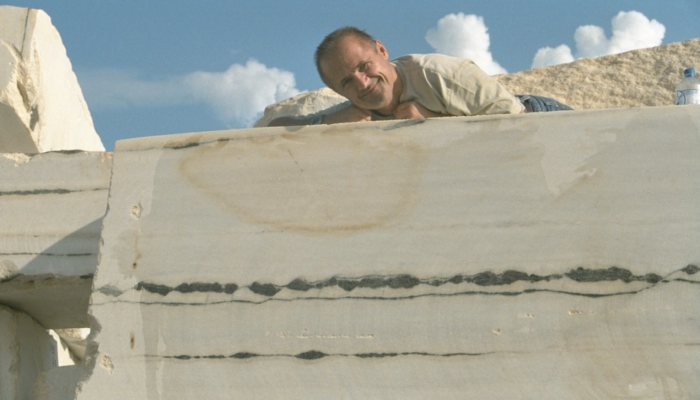
As many will know, on Sunday, 28 May 2023, one of the most prominent, energetic and valued members of the Tectonics and Structural Geology community, Emeritus Professor Janos Urai, was lost in a tragic climbing accident in Belgium. Here we remember Janos for the amazing scientist that he was and for the huge legacy that he has left, in the form of his own transformative contributions and the inspi ...[Read More]
Exploring Submap: Subduction Zones Data Mapping and Analysis in just a few clicks
Subduction zones are areas where one tectonic plate dives beneath another one and sinks into the Earth’s mantle, creating powerful earthquakes and volcanic eruptions. Understanding the intricate details of subduction zones can be a daunting task, and retrieving the necessary data often feels like an uphill battle. But fear not! The Geosciences Montpellier Laboratory in France has come to the rescu ...[Read More]
Features from the Field: Columnar Basalts and why Hexagons are nature’s favourite shape
What does an insect eye, Saturn’s North pole, beeswax, and a rock formation called columnar basalts all have in common? They are all hexagonal in shape. Why is this the case? Hexagons are the most efficient way to fill a space with the least amount of material The science of bubbles and bubble sculptures is very interesting and I do encourage you to go check out some other blogs that talk ab ...[Read More]
The ECS TS team and their activities between GAs (2022-2023)
The EGU Tectonics and Structural geology Early Career Scientist representative team continues to grow, and as it grows, the activities it conducts during and between GAs also grows. In the lead up to EGU 23 here we show some of those activities. We are also looking for the next member of the ECS representative team! If you are interested in applying, see the details below the team updates. The gen ...[Read More]
Geomythology. Giant’s Causeway: the mythical stone way
Ireland is famous for retaining a rich heritage of folk tales, which are thousands of years old. They tell stories about great heroes, wars and loves, fantastic creatures such as leprechauns, fairies, banshees, giants and so on. Among them, there is a Middle Earth time myth, concerning a “small” giant, named Finn McCool, who built a great stone way connecting Northern Ireland with the western Scot ...[Read More]


